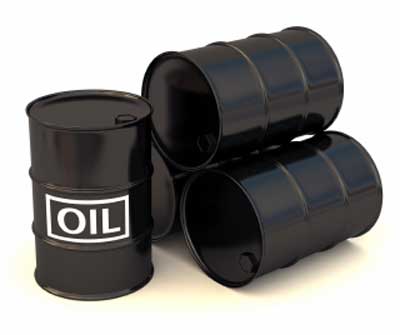A final nuclear deal with Iran and the lifting of oil export sanctions from the OPEC member could lead the Energy Information Administration to lower its oil price forecast for next year by as much as $15 a barrel, Reuters said in a report.
Iran and world powers reached a preliminary agreement on April 2 that set the parameters for further negotiations needed to complete a signed, comprehensive agreement by a June 30 deadline. The re-entry of more Iranian barrels could cut the EIA’s price projection by $5 to $15 a barrel, the U.S. Energy Department’s statistical arm said in its monthly Short-Term Energy Outlook report Tuesday.
“If a comprehensive agreement that results in the lifting of Iranian oil-related sanctions is reached, then this could significantly change the STEO forecast for oil supply, demand, and prices,” the EIA said in the report.
Iran’s full return to the oil market risks delaying a recovery in prices, which have slumped 50 percent since last year following a supply glut. The country could boost output by at least 700,000 barrels a day by the end of 2016, the EIA said.
The EIA said in the report that West Texas Intermediate crude, the US benchmark, will average $70 next year and Brent will be at $75.03. The forecasts don’t take additional Iranian supply into consideration.
Record Saudi Output
Crude prices dropped on Wednesday after Saudi Arabia reported record production of 10.3 million barrels per day in March, a figure the country's oil minister said was unlikely to fall next month.
Saudi oil minister Ali al-Naimi told reporters late on Tuesday that the March figure of 10.3 million barrels per day (bpd) would eclipse its recent peak of 10.2 million bpd in August 2013, according to records going back to the early 1980s.
Brent May crude was down 84 cents at $58.26 a barrel and US May crude dropped $1.24 to $52.74 a barrel. Both benchmarks posted strong gains in the past two sessions but are still down about 50 percent since June last year, when prices began their fall.
Iraq and Libya also increased their output for March, further adding to OPEC production which came to about 31.5 million bpd in March, according to analysts.


